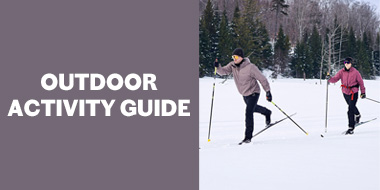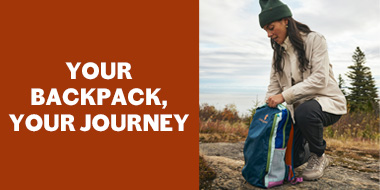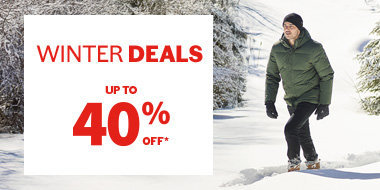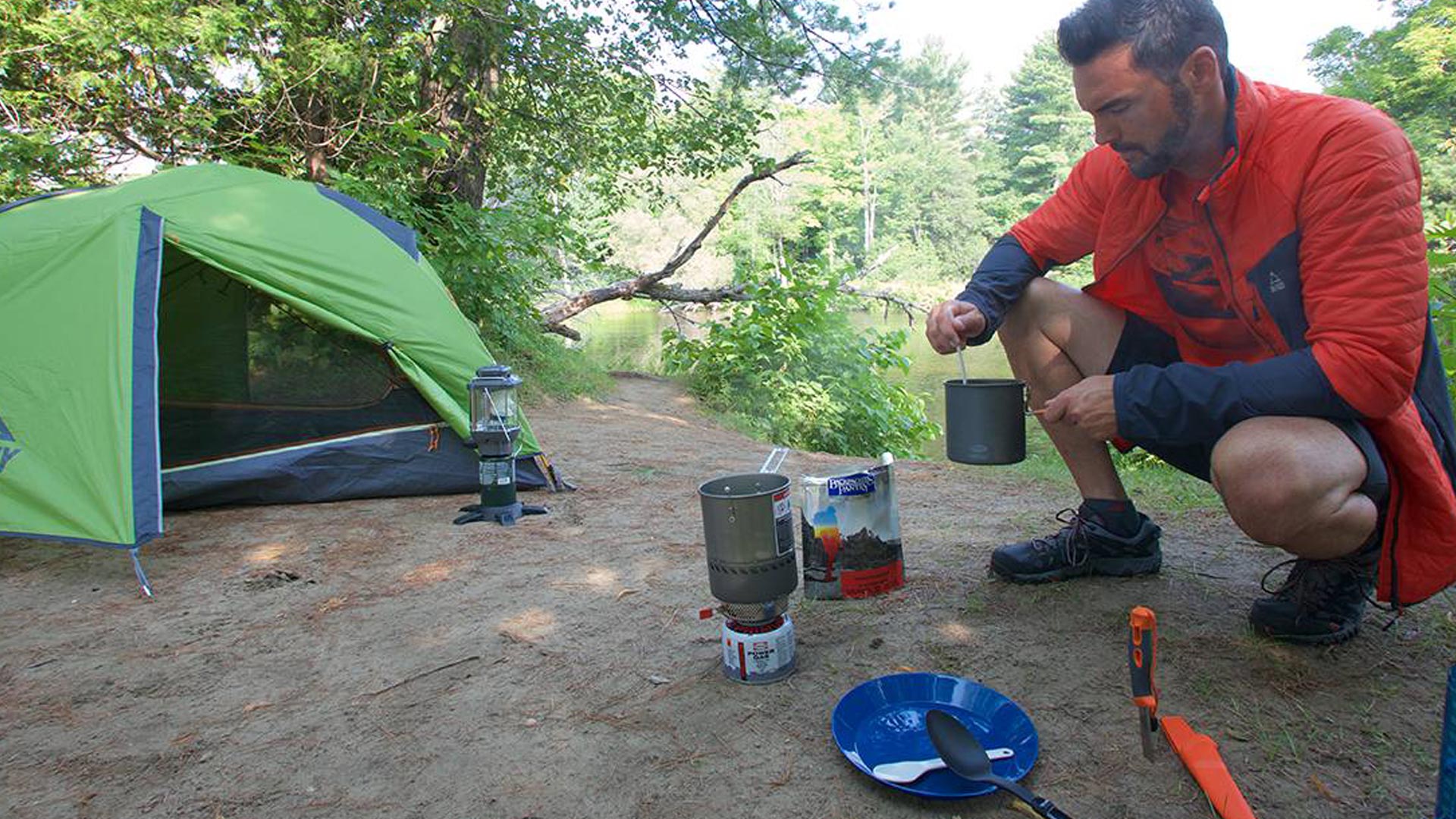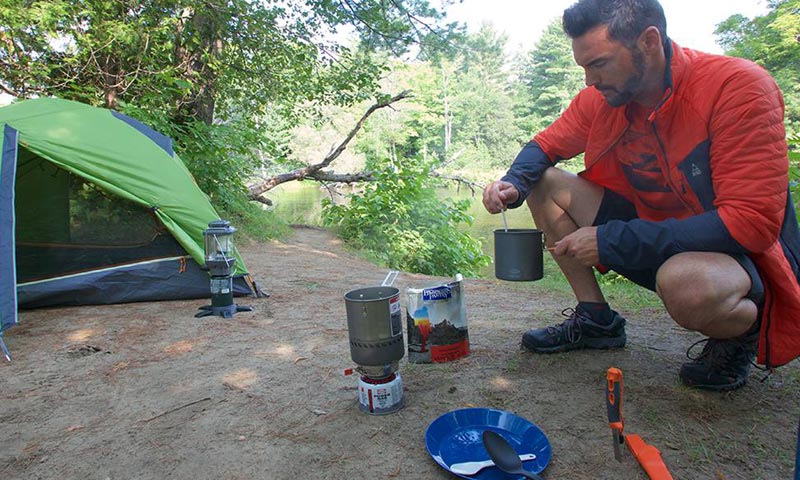If you plan to take your stove along on a trip abroad, be aware that many airlines prohibit compressed fuel cartridges and liquid fuel canisters from being carried on board. Moreover, Canadian domestic carriers also consider certain fuels as hazardous materials.
If your stove runs on gas cartridges, make sure they are certified for use with the model you have. An accident can happen in an instant, and the consequences might be tragic if you're out in the middle of nowhere.
Before heading out on a weekend getaway or major camping trip with your new stove, test it out in your backyard or some other outdoor space near your home. You will then be sure that it is working properly and you know how to use it, which will save time when cooking your first meal under the stars.
Always set up your stove on a flat, stable surface that is sheltered from the wind. Certain stove models now incorporate windscreens to improve their performance by protecting the flame from sudden gusts.
Most importantly, never use a camp stove within a closed space (such as a tent or hut). Doing so not only poses a real risk of fire, but also the danger of carbon monoxide poisoning.
When cooking, keep your pots and pans tightly covered in order to conserve heat. That way you'll go through less fuel, especially when melting snow, which takes twice as much time and energy as heating up food.
Unused compressed gas cartridges should always be stored in a warm, dry place without extreme variations in temperature. Stowing them under a coat or in the hollow of a sleeping bag during the night will be sure to do the trick.
Finally, carry any empty gas cartridges until you can dispose of them properly, so as not to pollute the environment.









